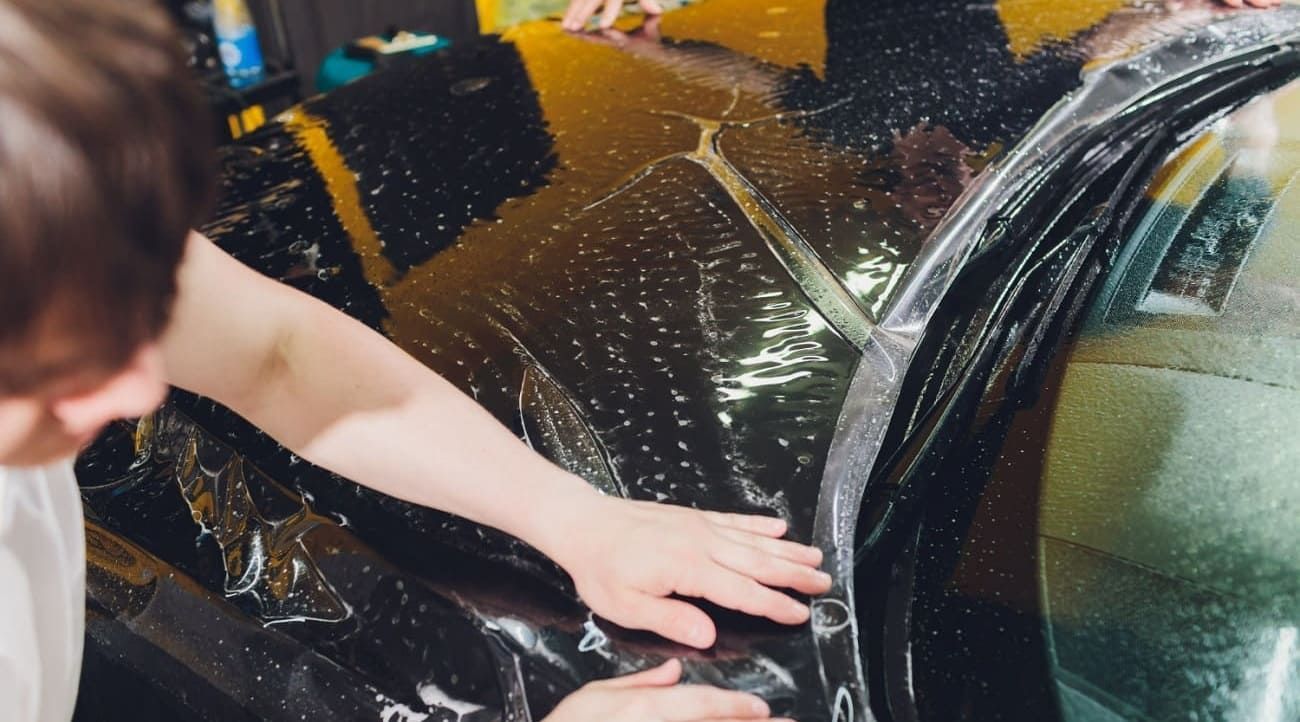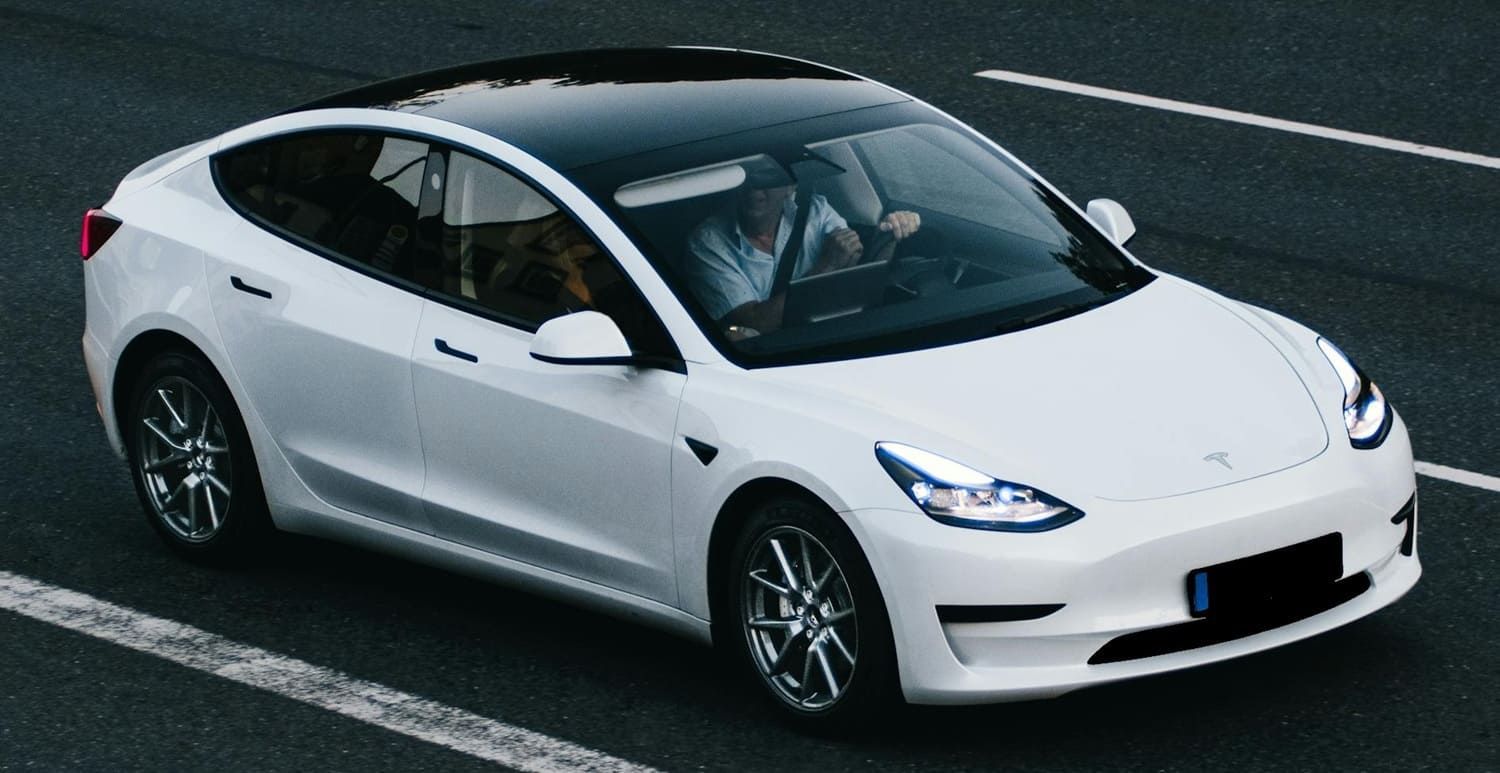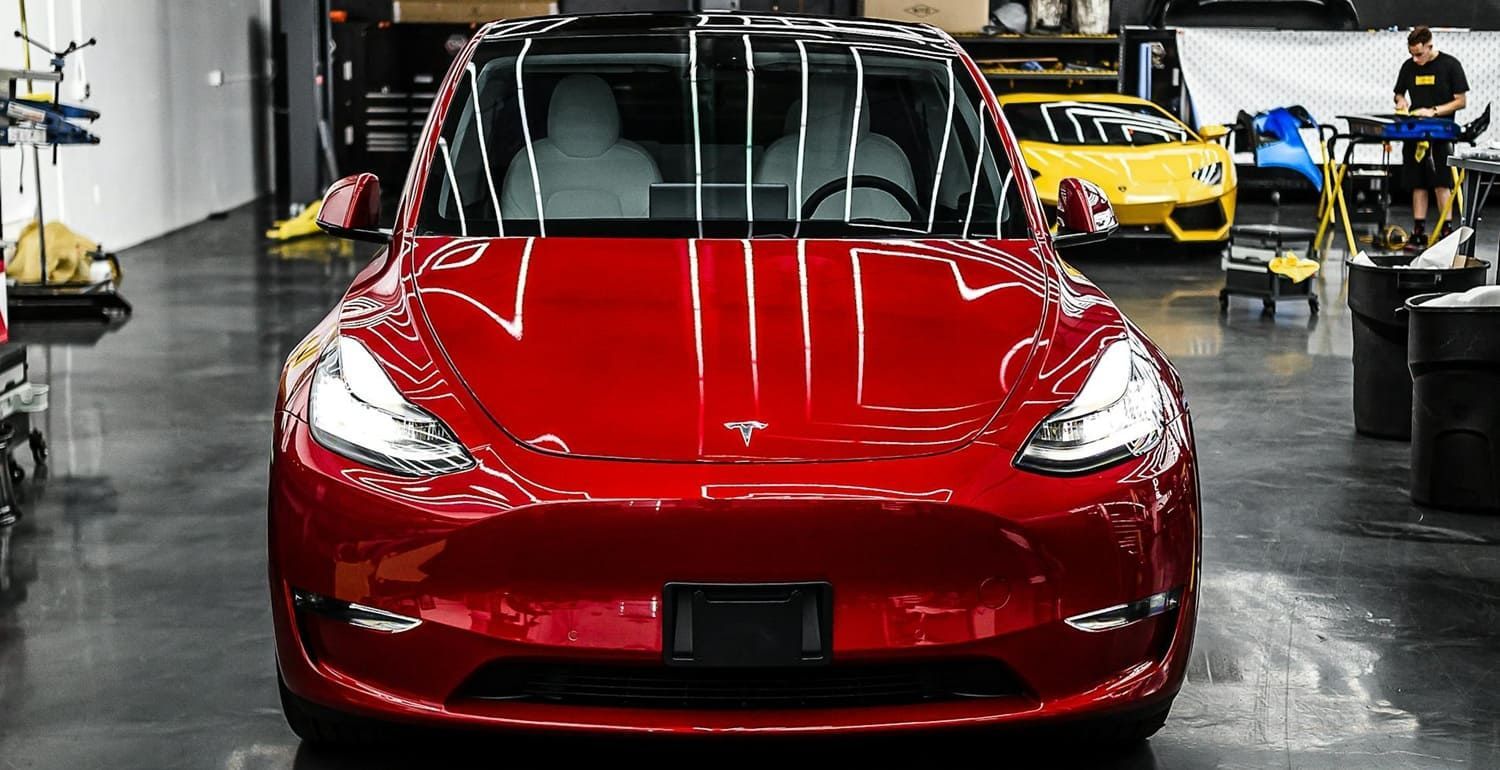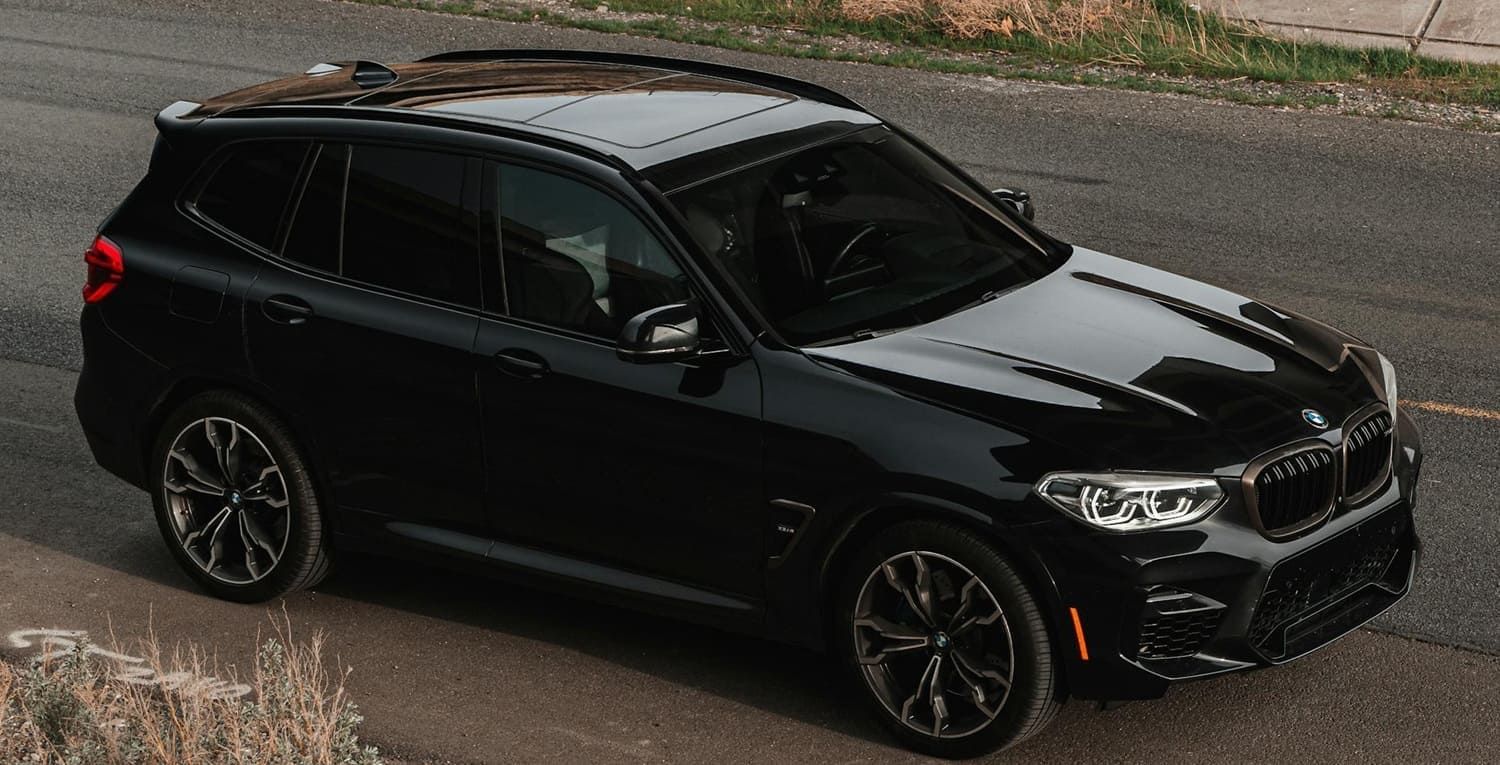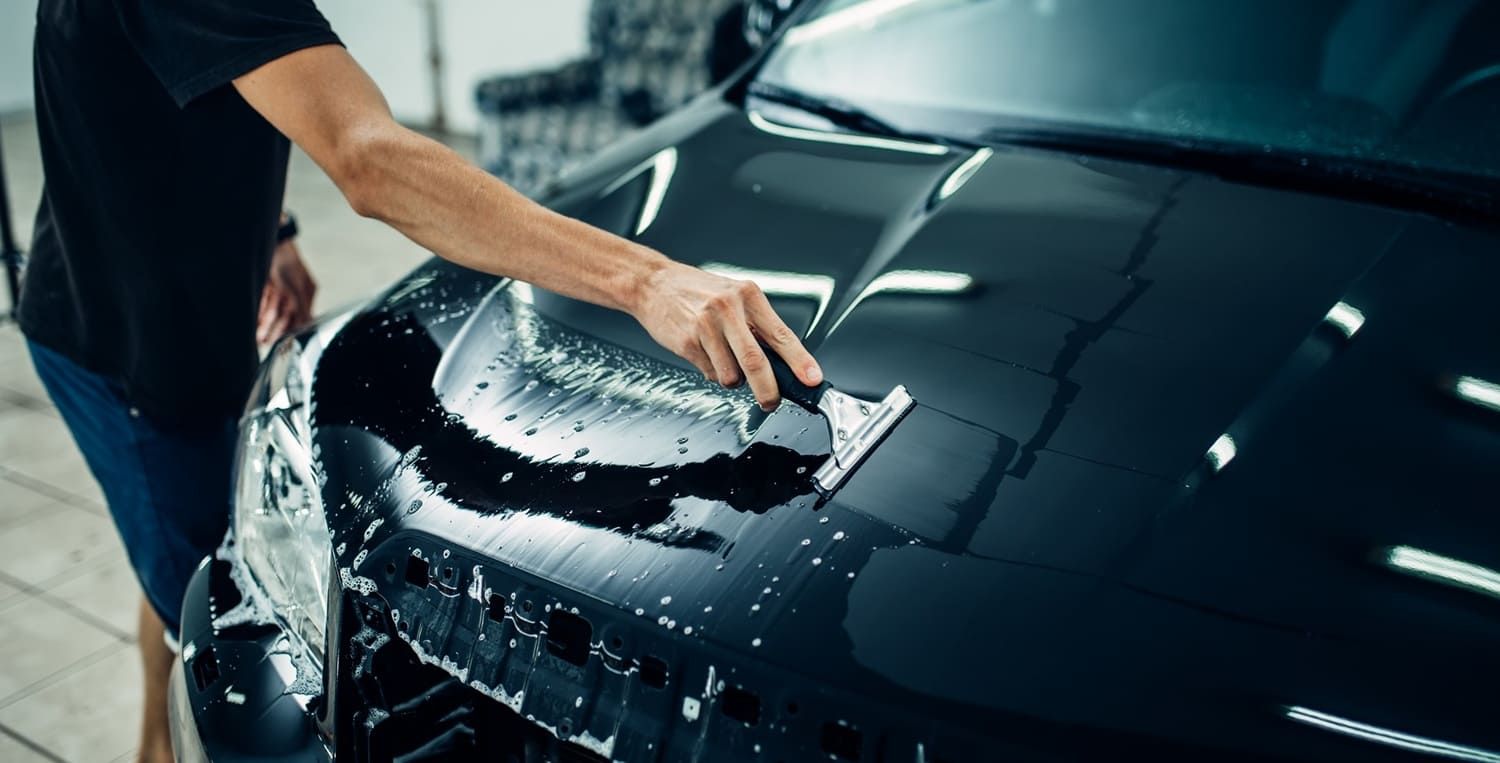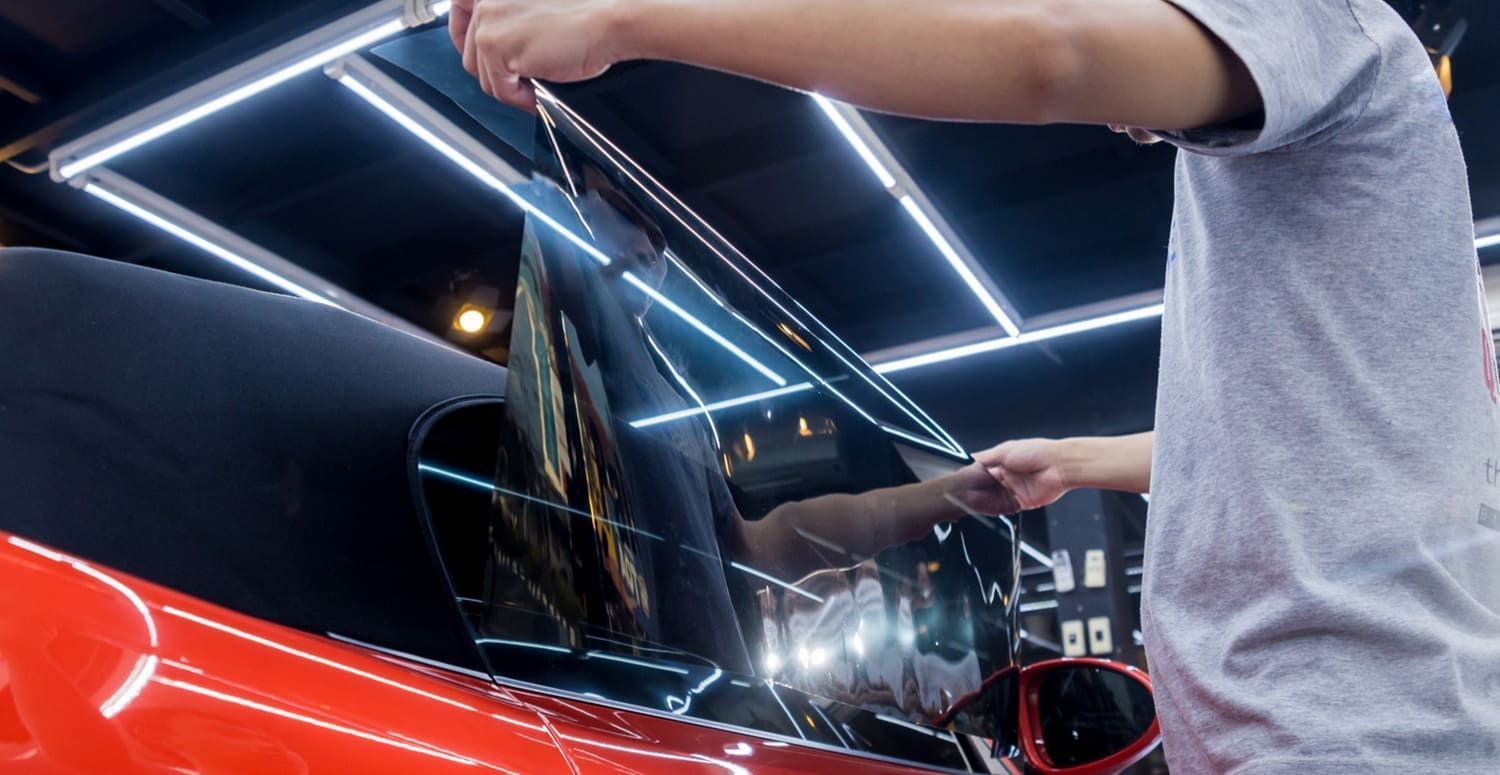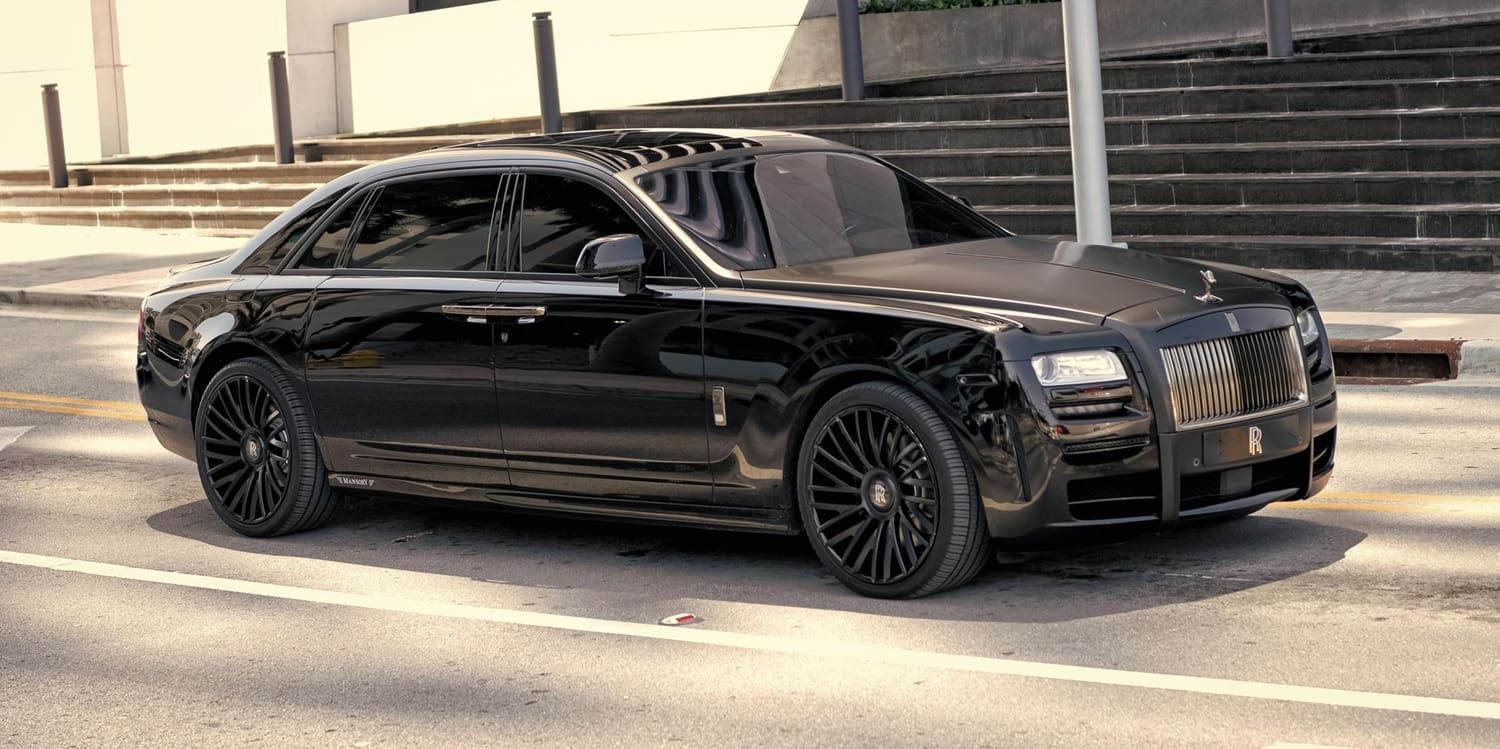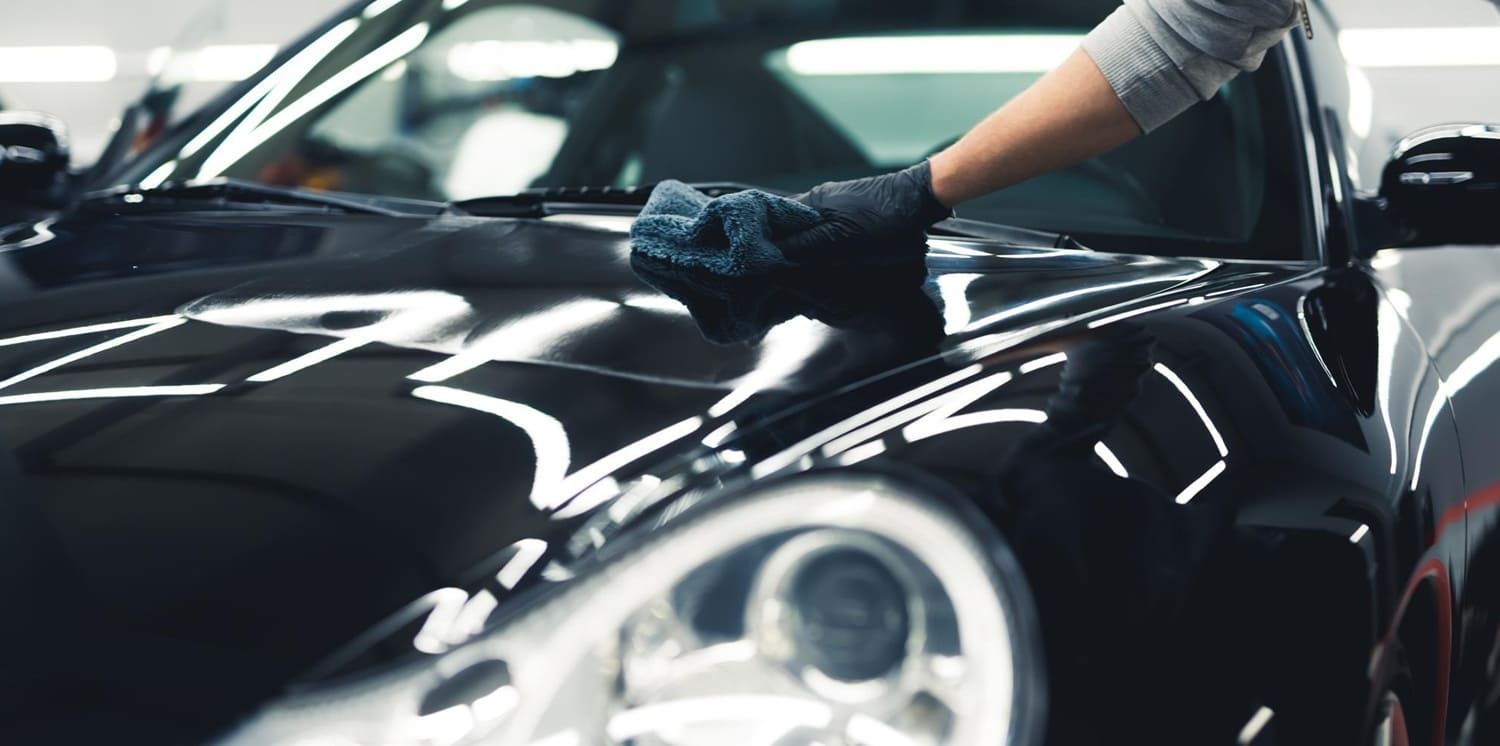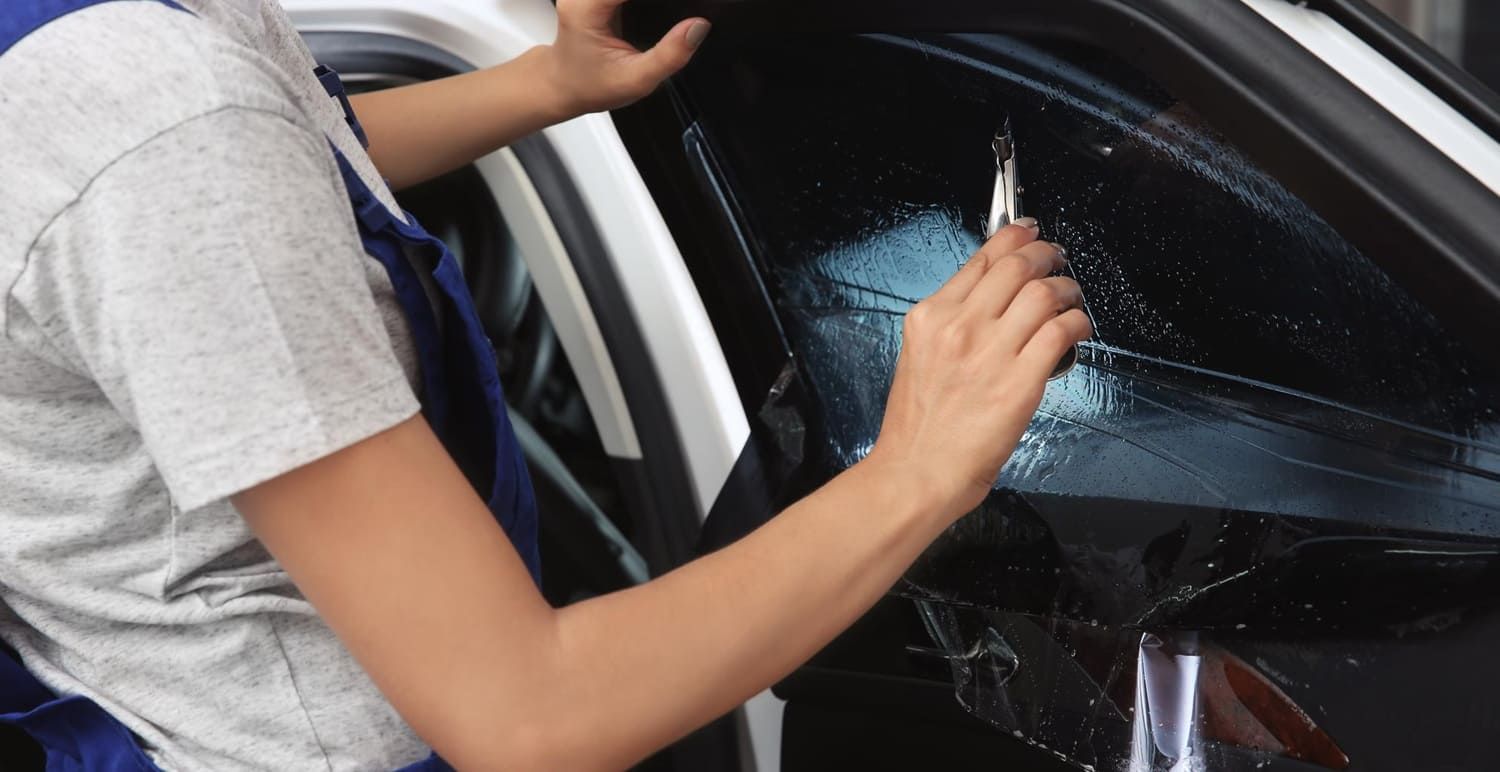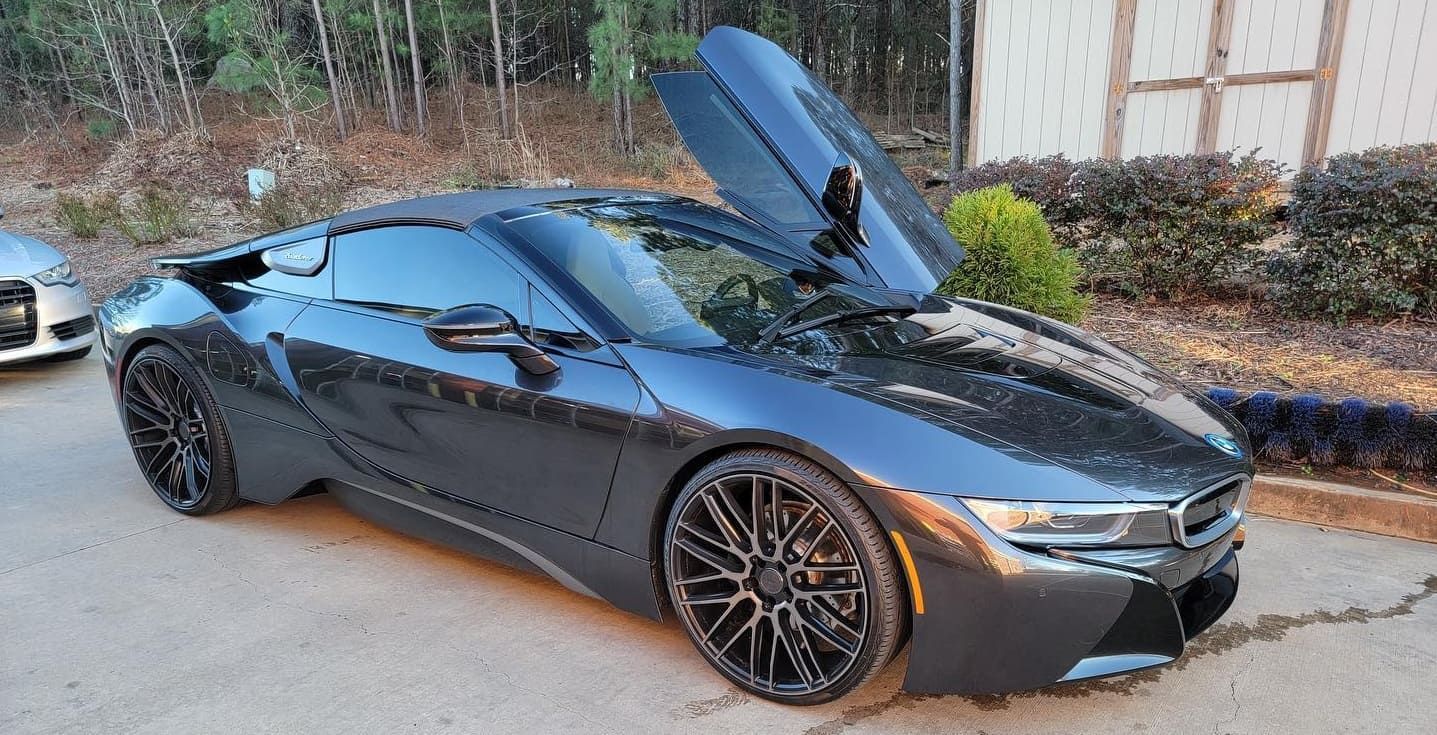I Need Tints: How Dark Are You Allowed to Tint Your Windows?
Ready to stop researching: how dark are you allowed to tint your windows? If that's the case, take a look at what your darkest tint options are here!
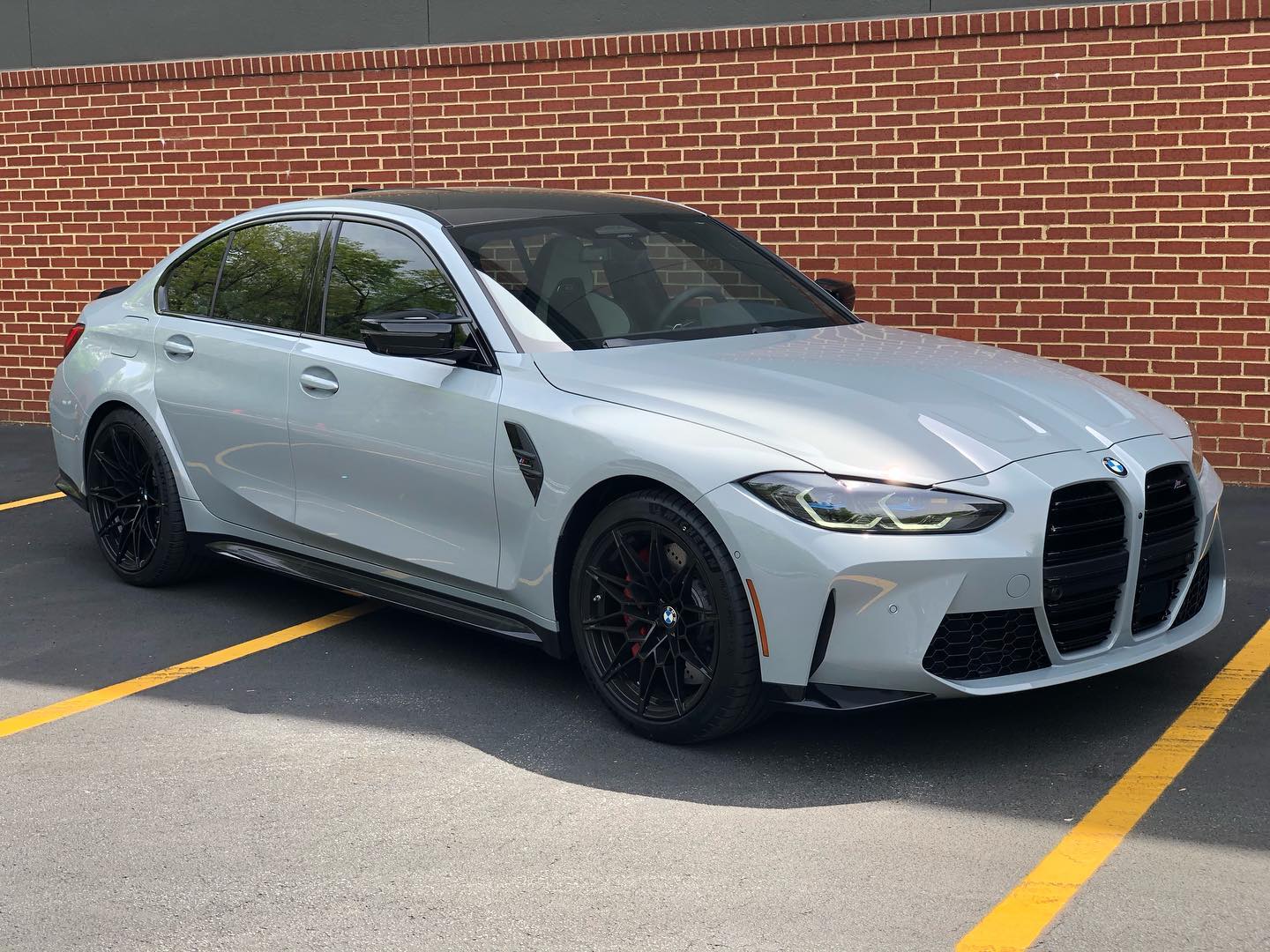
Do you want to add one of the most popular car upgrades to your vehicle?
Tinted windows are a fantastic way to improve the look and climate of your car. They create a sleek contemporary look to your vehicle while adding an element of protection.
The question most car owners ask is, how dark can you tint your windows?
The answer to this question, however, varies.
Are you thinking about adding a tint to your windows? Read on to learn how dark you can legally tint your windows.
Window Tinting Benefits
Car owners love the concept of window tinting. Beyond its great looks, window tinting offers several more great benefits:
- Greater interior vehicle privacy
- Interior protection from UV rays
- A cooler interior
- Protection from sun glare
- A sleek pleasing look
Car owners love the protective feature of window tinting. The sun’s rays, in all climates, can cause the interior of your vehicle to deteriorate. The plastic and leather features will peel, crack, and become brittle.
Without tinted windows, you and your passengers are susceptible to the sun’s harmful rays. The sun will affect your eyes and can still cause sunburn.
Adding window tint to your care will improve protection and make your vehicle safer and more comfortable.
How Dark Can You Tint Your Windows?
You’re sold on the benefits and are ready to tint your windows.
But how dark can you tint?
Professionals measure window tints based on the percentage of light the tint lets through. A higher percentage, say 70%, is a lighter tint than a lower percentage, such as 30%.
Front and rear car windows often have different tinting limits. The front driver’s side and passenger’s side windows generally have a higher tint percentage limit, around 50% or lighter depending on your state. The rear windows have a darker percentage limit of around 35%.
Why does the level of tint matter?
States regulate window tinting for a few good reasons. Window tints that are too dark can be difficult to see through when driving at night. This increases your risk of getting into an accident.
The second reason is law enforcement needs the ability to see the occupants of the vehicle during a traffic stop. Window tints that are too dark will make it difficult for law enforcement to see vehicle occupants. This can put them at greater risk of potential dangers.
States have different laws regarding the legal limits of window tints. Law enforcement will use a special tool to check your level of tint. If it’s too dark, you can receive a traffic citation and may need to remove your window tint.
State Laws and Window Tints
Before you tint your windows you’ll need to check your state’s laws regarding the window tinting limits.
Most states have two limits, one for the front windows and another for the rear windows. Iowa, for example, has a tint limit of 70% for the front side windows but no limit for rear side windows.
Window tints come in a variety of colors but not all colors are legal in all states. California, for example, doesn’t allow blue, amber, or red-hued window tints.
States also have laws concerning windshield tints. Windshield tint covers the top section of the windshield, generally the first four to six inches. States have laws regarding the width of this band.
Some states prohibit the use of window tinting on the front side windows. Vermont and New Jersey don’t allow any front window tinting but allow back side and rear window tinting.
Check your state's laws before adding window tint. Adding quality window tint to your vehicle is an investment. If you want it to last without problems, you’ll need to make sure it’s legal in your state.
The Window Tinting Process
You’ve discovered window tinting is legal in your state and you’re ready to get started. Now you’re wondering, how long does it take to get your windows tinted?
The answer depends on the type of window tinting you choose, your vehicle, and whether you install it yourself you have a professional do it for you.
Picking Your Tint
The first step in the process is to decide which type of window tinting is right for you. The type you pick will depend on your state’s laws and which type fits your personal preferences.
Infrared Film Tint
Infrared tints are long-lasting and offer a high level of visibility without sacrificing UV protection. This is a great option for vehicle owners living in states with strict window tinting laws.
Metallic Film Tint
This film offers a sleek and shiny exterior look while offering UV protection and plenty of privacy. The downside is this tint may affect your wireless signal which can be an issue for those who rely on their phone or GPS while driving.
Carbon Film Tint
Carbon films offer many of the same benefits and protection as metallic films but won’t affect your phone’s signal.
Tinting Coats
Professionals will spray this treatment option directly onto your windows which offers additional durability and protection. This option is the most expensive and labor-intensive.
The type of window tinting you choose, along with your vehicle’s size will affect the cost and time it takes to install the tint. Most tinting installations will vary between two and four hours when installed by a professional.
Can You Tint Your Own Windows?
In short, yes you can tint your own windows, but that doesn’t mean you should. Quality window tinting takes time, patience, and skill. Rushing the process can cause the tint to bubble, warp, or catch particles under the tint.
If you want your tint to look good and last, you should invest in a professional installation. An auto professional can give you advice on how to choose the right tint for your needs and how to best care for it after installation.
Tint Your Windows With the Best
The first step to window tinting is learning about how dark can you tint your windows. By following your state’s tinting laws, you’ll be able to enjoy the benefits of a quality window tint for years.
Have questions or want to get started on your window tinting project? Let us know! Maximum Shade Tinting is happy to help you with any of your window tinting needs. We have two convenient locations in Buford and Braselton to better serve our customers.


